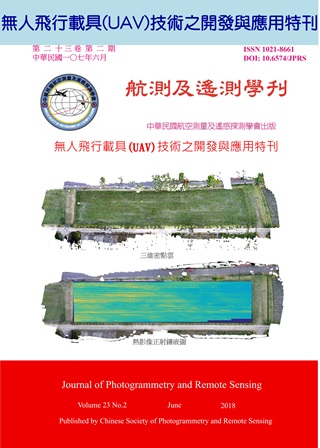In order to improve the reconnaissance, rescue processes and rehabilitation, the characteristics of unmanned aerial vehicles (UAV), including quickly recording, mobility, and high-spatial-resolution images, can provide maps on assisting the agricultural post-disaster investigation. In this study, geographic information system, image unsupervised classification, image segmentation, and digital surface model (DSM) are applied with UAV high-spatial-resolution images. The objectives of this study are to develop image interpretation techniques on banana plantation damages by typhoon disasters and to evaluate the abilities of agricultural damage interpretations among different techniques. As results, the damage region and the situation of banana plantations can be delineated by UAV orthophotos. However, DSM cannot discriminate the degrees of wind-thrown in plantations. In addition, comparing the interpretation damage rates of pixel-based and of object-oriented image unsupervised classifications, with ground-based official approves (according to 30 samples of cadastral applications with the baseline of 20% of damage rate), the damage rate of pixel-based image interpretation is 86.7% and the damage rate of object-oriented image interpretation is 96.7%. Both image interpretations can discriminate the banana plantation damages effectively. Although the latter performs better than the former, it demands higher on techniques, labor forces, and time consuming. Therefore, we suggest adopting the pixel-based unsupervised image classification to provide the maps on assisting in post-disaster operation and investigation for wide-region banana plantations.
